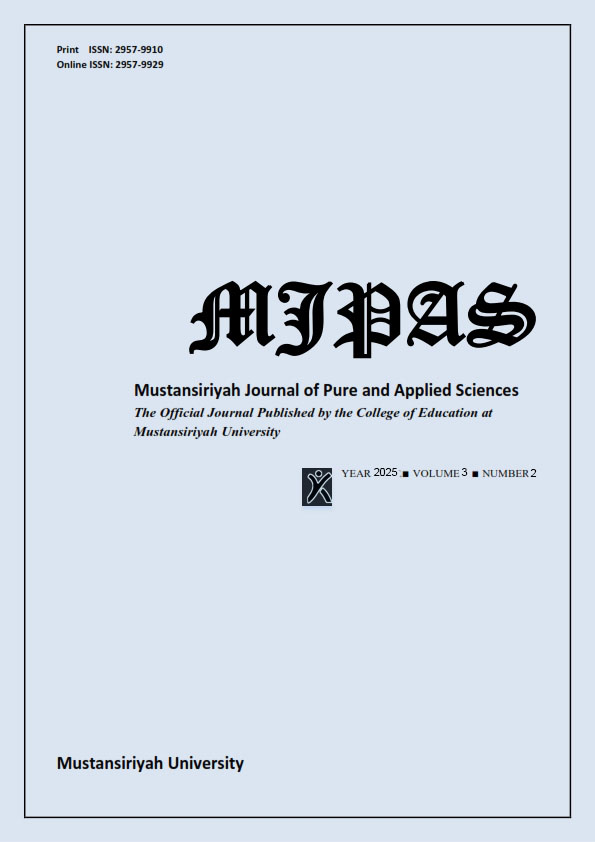Study of the effect of DBD plasma performance by changing the electrode configuration
Hussein Galib Hassan
Department of Physics, College of Education, Mustansiriyah University
Intesar Hato Hashim
Department of Physics, College of Education, Mustansiriyah University
DOI: https://doi.org/10.47831/mjpas.v3i2.219
Abstract
This study used two custom dielectric barrier discharge plasma (DBDP) systems designs to produce non-thermal plasma and investigate its properties. The setup included two identical parallel copper electrodes with specific design dimensions (16cm length, 3mm diameter) and two similar glass tubes (13cm length, 5.5mm outer diameter, and 5mm inner diameter) as a dielectric barrier. In the first design, only one of the copper electrodes was covered with a glass tube, while in the second, each one was covered with a glass tube. The optical emission spectroscopy (OES) technique was employed to analyze the produced plasma spectrum and then calculate the plasma parameters (electron temperature, electron density, frequency of electron, Debye length, and Debye number) at different conditions of Ac applied voltage (18-22 kV) and discharge gap distance is fixed (4 mm) for both designs. For all operating conditions, electron temperature was 4.177- 4.273 eV, while electron density was 1.582×1018-1.942×1018 cm-3. The results reveal a novel and significant effect of electrode configurations on the properties of the produced plasma due to the distribution of the electric field in the discharge region, sparking new avenues for research in this field.


